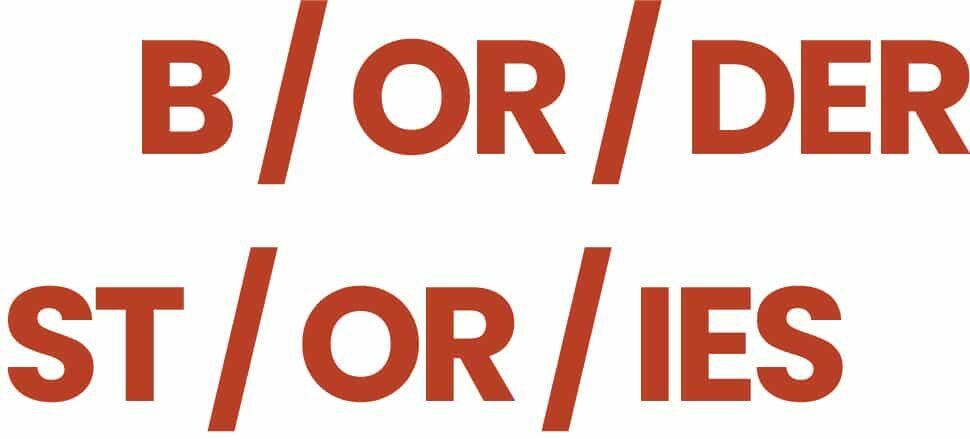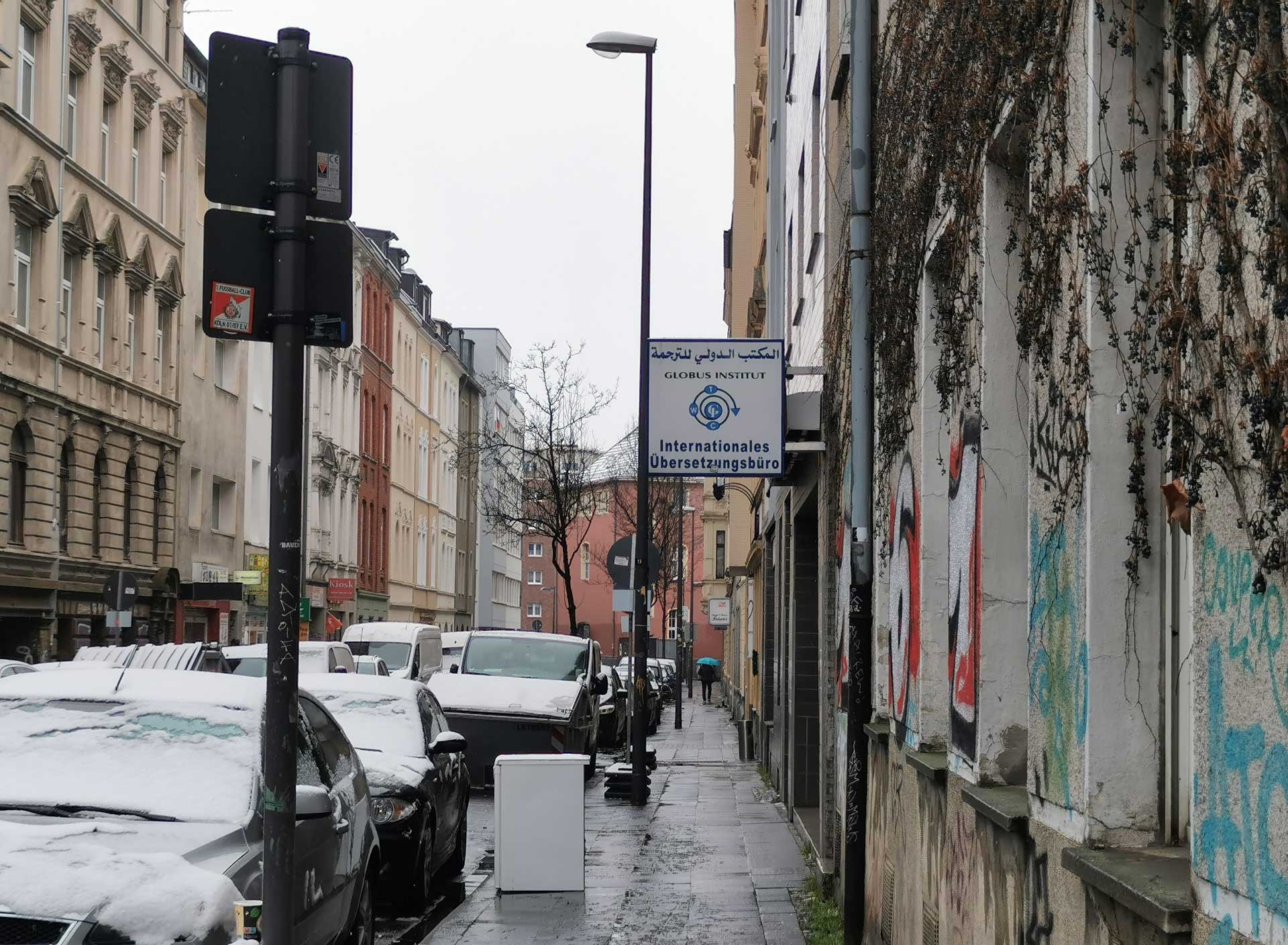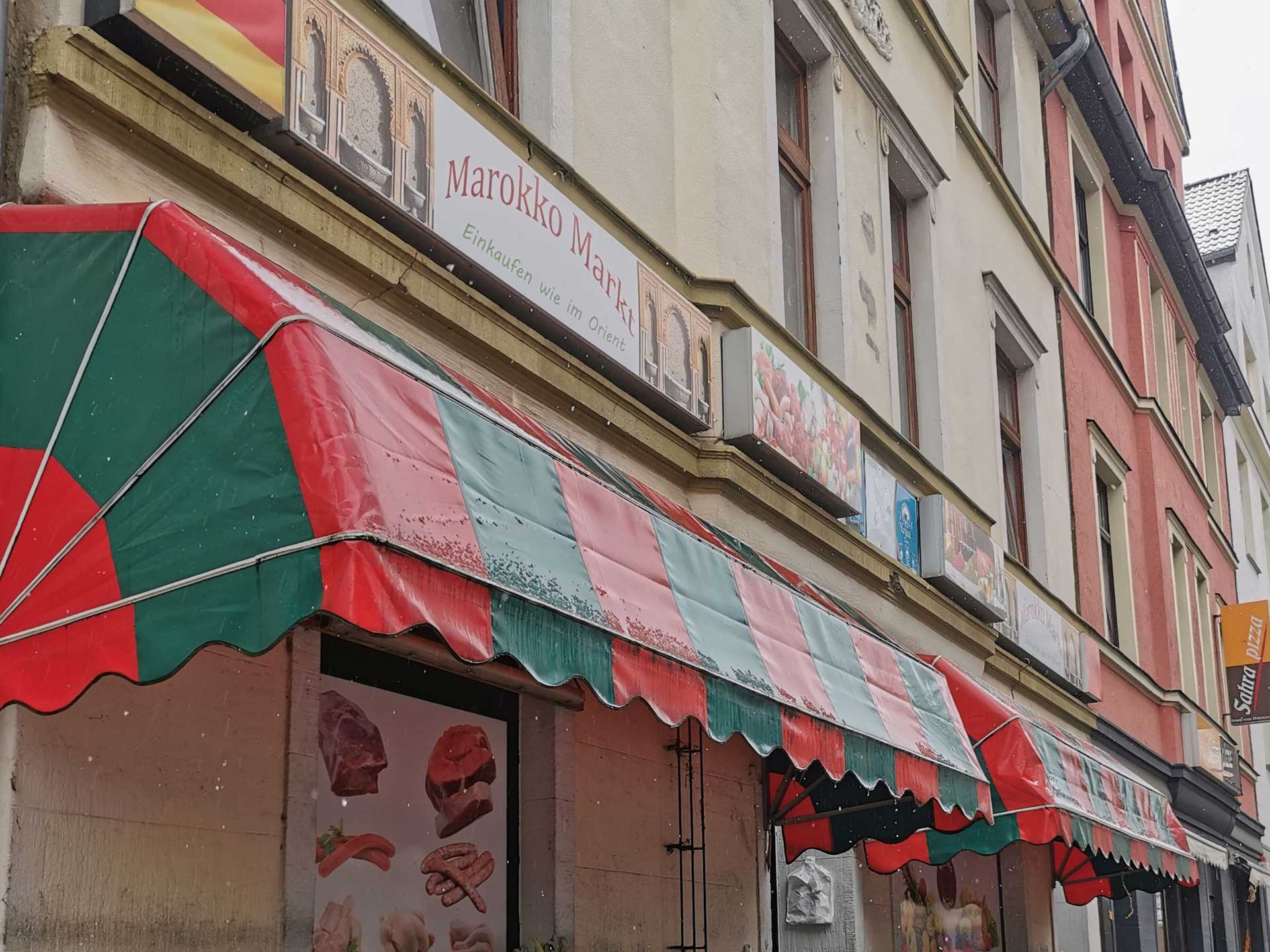Labour migration and extended networks
From the 1960s onwards, some European countries, including the Federal Republic of Germany, recruited workers from Morocco in order to benefit from their lower wages. The intention was mainly circular labour migration, i.e. the workers, who were mostly male at the time, earned money abroad temporarily and – according to the plan of the European governments – were then supposed to return to their home regions. The result, however, was a strong cultural imprint of European cities through labour migration. Since people from one place of origin often worked in the same European cities, close migration networks developed. These networks were also used for trade with Morocco. Melilla and Nador developed into the most important economic centre in north-eastern Morocco during this period.
"We moved to Melilla in 1963. There were the better schools there. In Morocco they were far away. Not the whole family, only some of us went to Melilla. Others stayed in Morocco, others emigrated abroad, mainly to Germany. Many of my uncles emigrated to the Frankfurt region. I was a frequent visitor to a village called Raunheim. I know Rüsselsheim, Wiesbaden... I have travelled all over the region."
"Melilla is really very small. Too small for so many people, many of whom are studying. That's why everyone is leaving right now. Right now I'm doing a lot of translations for people going to Germany. Nurses, doctors..."
"I've been working a lot with clothes. I brought them from Dortmund, from France and from Spain. We arrived at the border between France and Spain. There was no need for a visa. I brought them back to Melilla and from Melilla to Casablanca. Then from 1971 they required a visa. I tried to continue, but the trade became too expensive. From 1972 onwards it was over."


